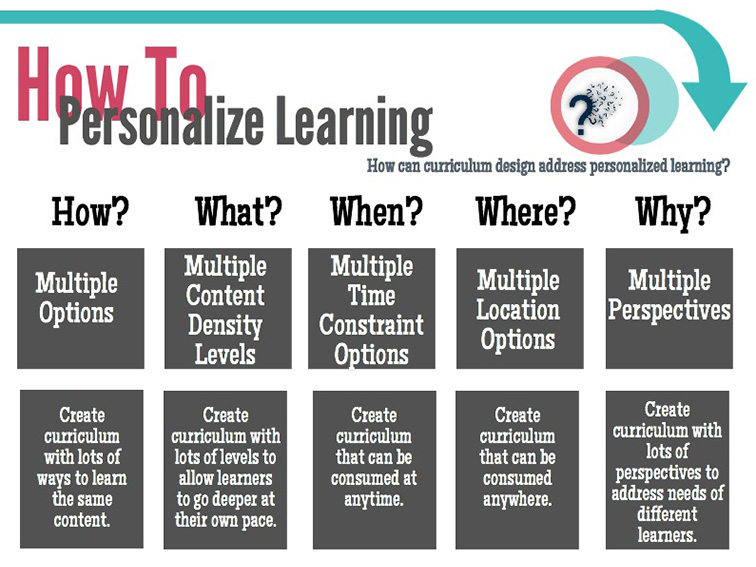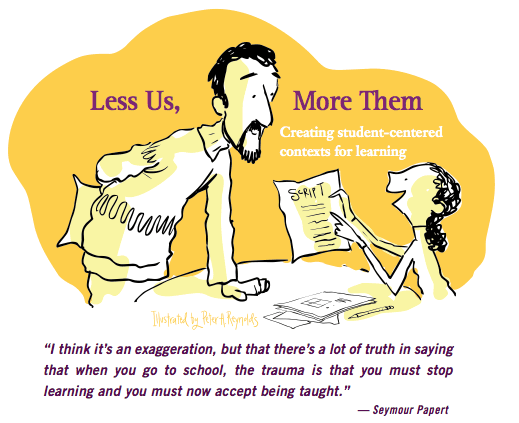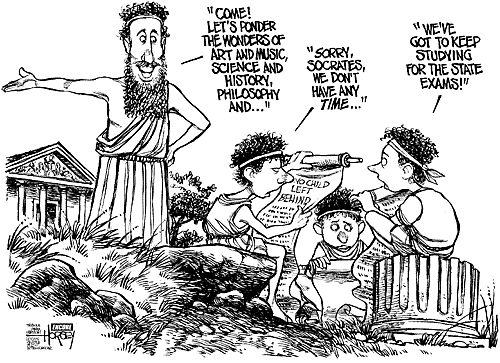April 21, 2016
Culture and Education
Adobe Connect Recording http://scsuconnect.stcloudstate.edu/p53yxcavsih/
online discussions with faculty from School of Education at St. Cloud State University, faculty and students from Plovdiv University and faculty from New Bulgarian University.
http://www.stcloudstate.edu/sped/faculty-staff.aspx
John Hoover: jhhoover@stcloudstate.edu – SCSU
Martin Lo: hlo@stcloudstate.edu – SCSU
Kyounghee Seo: kseo@stcloudstate.edu – SCSU
Galin Tzokov: g_tzokov@mail.bg, Gal.tzokov@gmail.com g – Plovdiv
zlaty.sh@gmail.comg – Plovdiv
Vladimira Angelova: vladiang@abv.bg – Plovdiv
Ludmil Duridanov : duridanov@gmail.com – NBU
++++++++++++++++++++++++++++++++++++++++
community based learning, project based learning, personalized learning
Adobe Connect link: http://scsuconnect.stcloudstate.edu/ims/
Adobe Connect Recording from the December 10, 8AM (4PM local time in Bulgaria) with students and faculty from Plovdiv University and practitioners from K12 school in Plovdiv: http://scsuconnect.stcloudstate.edu/p20nzpx5g02/
online discussion with faculty, pre-service teachers and K12 teachers on the definitions and connection among these types of learning. Please share your questions and observations in the the comment section under the blog entry.
обучение в общности (community based learning), обучение базирано на проекти 9 project based learning ) и индивидуално обучение (personalized learning)
за краткото време от един час, ще се дискутираме дефинициите и връзката между три вида обучение, които са обект на внимание като част от реформата в американското обучение. Моля споделете мненията си и въпросите си в секцията за коментарии под блога
Constructivism: Lecture and project-based learning
Community-Based Learning (CBL)

CBL
http://www.swarthmore.edu/lang-center-civic-social-responsibility/community-based-learning-cbl
Community Based Learning (CBL) is a pedagogical approach that is based on the premise that the most profound learning often comes from experience that is supported by guidance, context-providing, foundational knowledge, and intellectual analysis.The opportunity for students to bring thoughtful knowledge and ideas based on personal observation and social interaction to a course’s themes and scholarly arguments brings depth to the learning experience for individuals and to the content of the course. The communities of which we are a part can benefit from the resources of our faculty and students, while the courses can be educationally transformative in powerful ways.
http://www.princeton.edu/cbli/

community based learning project based learning
The Community-Based Learning Initiative (CBLI) connects students’ academic work with their interest in and concern for the communities around the University. Working with local nonprofits, students develop research projects, collect and analyze data, and share their results and conclusions, not just with their professors, but also with organizations and agencies that can make use of the information. Working with CBLI, students can do community-based research in courses, as a summer research internship, and as part of their junior paper or senior thesis.
Community-Based Learning
http://nationalcenterforcommunityschools.childrensaidsociety.org/sites/default/files/community-based-learning.pdf
Introduction to community based learning
http://academics.holycross.edu/files/cbl/Introduction_to_Community-Based_Learning.pdf
another form of experiential learning. Wide variation of definitions: off-campus academic learning or service learning. Field work, internships, community based research etc. connects classroom learning objectives with civic engagement.
service learning

service learning
https://en.wikipedia.org/wiki/Service-learning
Service-Learning must properly connect the traditional classroom experience with the real life lessons that come through service.
What is Project Based Learning (PBL)?
обучение базирано на проекти
http://bie.org/about/what_pbl
Project-based learning is a dynamic classroom approach in which students actively explore real-world problems and challenges and acquire a deeper knowledge. http://www.edutopia.org/project-based-learning
https://www.pinterest.com/rxinsider/experiential-learning-service-learning-experientia/
https://www.youtube.com/watch?v=LMCZvGesRz8
Project Based Learning Ideas, Lesson Plans, Examples, Templates
http://www.learningreviews.com/Project-Based-Learning-Lesson-Plans.html
Personalized Learning персонализирано обучение
http://edglossary.org/personalized-learning/
http://www.personalizelearning.com/


personalized-learning
student-centered learning
обучение фокусирано около студента



Socratic method
Socratic method, also known as method of elenchus, elenctic method, or Socratic debate, is named after the classical Greek philosopher Socrates. It is a form of inquiry and discussion between individuals, based on asking and answering questions to stimulate critical thinking and to illuminate ideas.
https://en.wikipedia.org/wiki/Socratic_method

7 Ways Social Media Has a Role in Education
http://theinnovativeeducator.blogspot.com/2015/03/7-ways-social-media-has-role-in.html
-
The Stats – College, Career, and Citizenship Success
Look who’s watching:
-
1/4 of college admissions officers consider digital footprint
-
3/4 of human resource managers
-
1/3 of employers reject candidates based on something found in profiles
-
-
Social Credibility is the New Credentialing
Read more about how Armond developed social credibility
here.
-
Student Learning Networks
In the age of social media, the teacher is no longer the center of learning. The student is. One of the most important things an educator can do is support students in developing a powerful learning network. It also requires an understanding of how to effectively use these tools to connect, collaborate, and grow learning. Want to know more? 15-year-old Alex Laubscher explains
here.
-
Work More Effectively
Social media allows you to change the paradigm from “teacher” as expert to “group” as expert. This reduces emails and increases the access to good answers and connections. My note: it is extremely important to understand that “teacher” in this case covers librarians
-
Connect with Experts via Twitter
You can find a world of experts on any topic if you have literacy in using Twitter also know as “Twitteracy.” Just know
the right hashtags and how to find experts and you have the world’s best knowledge at your fingertips. It is better than any rolodex allowing you to connect anytime, anywhere, with the interested parties who are available now.
-
Release the Amazing Work of Students from the Classroom to the World
We hear stories in passing about the great work happening in schools, but usually it’s locked in a school or classroom or trapped on a laptop. Social media puts an end to that.
Click here to find out what it was.
More on social media in education in this blog:
https://blog.stcloudstate.edu/ims/?s=social+media+education
5 Essential Insights About Mobile Learning
http://ww2.kqed.org/mindshift/2014/07/15/5-essential-insights-about-mobile-learning/
1. Set goals and expectations for teaching and learning with mobile devices before worrying about the device itself.
St. Vrain Valley School District in Colorado,
Mooresville Graded School District
Consolidated High School District 230
2. Develop a strong community of support for the initiative early and keep up transparent communication with parents and community members throughout the process.
Forsyth County Schools in Georgia.
3. Think about equity, but don’t let it stop forward motion.
includes both urban and rural areas,
4. Evaluate the effectiveness of a mobile learning initiative based on the goals set at the beginning of the rollout.
5. Some of the biggest lessons learned include giving up control and trusting students.
included students in the discussions
STAY NIMBLE
While these mobile learning pioneers have seen some of the pitfalls and can help districts new to the game avoid the same stumbles, this space is changing quickly and every community’s needs will be different.
“It’s no longer just something you implement; it’s evolving and it’s unique in each location,” Bjerede said. “If you try to be cookie cutter about it you won’t meet the needs of every kid in every classroom.”
The technology will change, students will surprise their teachers and the best advice to district leaders is to stay open to all the possibilities and allow students to take control of the tremendous learning opportunity that having a device at all times could offer them.
=====================================
My note: Kathrina Schwartz offers an opinion, which reflects the second wave (withdrawl) in the 3 steps of innovation
The Struggles and Realities of Student-Driven Learning and BYOD
http://ww2.kqed.org/mindshift/2014/07/07/the-struggles-and-realities-of-student-driven-learning-and-byod/
A 2013 Pew study revealed that only 35 percent of teachers at the lowest income schools allow their students to look up information on their mobile devices, as compared to 52 percent of teachers at wealthier schools.
Many advocates of using mobile technologies say the often cited issues of student distraction are just excuses not to try something new.
“The way you discourage it is engage them in the activity so they don’t even think of sending a text. You’ve got to jump in and play their game or you’re going to lose them.”
Angela Crawford has heard all the arguments of BYOD evangelists, but doesn’t see how they match the reality of her classroom. “BYOD is very problematic in many schools, mine included, because we have a prominent engagement problem,” Crawford said.
Tactics to improve engagement like making work relevant to her students’ lives or letting them use their phones in class to look up information, haven’t worked for Crawford, although she’s tried.
When she first started, Crawford was enthusiastic about jumping into collaborative, project-based learning. “I thought my colleagues were monsters because of how they were teaching,” she said of a school where she previously worked and where teachers lectured all the time. She tried to teach students through projects, but found it was a disaster. To her students’ parents, her efforts to make the classroom “student-centered” looked like she wasn’t teaching. “There is a different perception of what a teacher should be in different cultures,” Crawford said. “And in the African-American community in the South the teacher is supposed to do direct instruction.”
“What works best for each student is really the heart of student-centered learning,” Crawford said. “Sometimes what the student needs best is direct instruction. They need that authoritative, in-control figure who is directing their learning and will get them where they need to go.” Many of Crawford’s students come from homes run by single mothers who rule with an iron hand. She tries to replicate that attitude and presence. “They respond to that; they like it,” Crawford said. “It’s comforting to them.”
Still, Crawford will not be experimenting with a bring-your-own-device program. “My problem with education innovation is we tend to want to take a new technology or a new idea and go forth with it as if it’s the silver bullet,” Crawford said. “What happens is that teachers who teach in my type of environment realize this would be a disaster in my classroom.”
Crawford is skeptical that kids in higher income areas aren’t misusing technology too. Her children attend school in a more affluent district and they tell her that kids are constantly messing around on their devices. They just switch screens when a teacher comes by. They get away with it because their teachers trust them to do their work.
“I think kids in middle class or upper middle class schools are equally distracted as low-income students,” said Bob Lenz, director of innovation at Envision Schools, a small charter network that’s part of the deeper learning movement. “It’s just that because of the privilege of their background the content and the skills that they need to gain in school — they’re coming with a lot of those skills already– so it’s not as urgently needed.”
The Brutal Authenticity Of BYOD
http://www.teachthought.com/trends/byod-is-shortest-path-to-student-centered-learning/
By allowing students to bring in their own devices for learning–rather than insisting that they learn both content and device in school–there is an important opportunity to connect with not just their personal lives, but their natural way of doing things.
Equity
While there are students who badly want technology and can’t afford even the $50, that doesn’t seem to be a strong argument against BYOD adoption, especially in light of what it costs—in time and money—to purchase, train, integrate, and maintain—state-funded, district-purchased, school-assigned devices. This is where schools, local organizations, and communities can step in.
Money and Learning
In the United States there can be a tendency to throw money at problems that are not fully understood. As a nation, America lags behind internationally, the “learning market” being one of the few markets proving evasive in lieu of continued effort, struggle, and spending.
More on BYOD in this blog:
https://blog.stcloudstate.edu/ims/?s=byod
11 Sample Education BYOT Policies To Help You Create Your Own
http://www.teachthought.com/technology/11-sample-education-byot-policies-to-help-you-create-your-own









